Real-Time RMB and HKD Remittances Go Live: What Payment Connect Means for Cross-Boundary Finance
A new chapter in cross-boundary financial connectivity between mainland China and Hong Kong begins this week, as the Payment Connect system officially goes live on 22 June 2025. Jointly developed by the People's Bank of China (PBoC)and the Hong Kong Monetary Authority (HKMA), this landmark initiative enables real-time, small-value remittances between the two jurisdictions by linking Mainland China's Internet Banking Payment System (IBPS)and Hong Kong's Faster Payment System (FPS).
Launched at a high-profile ceremony in Beijing attended by central bank governors, regulators, and clearing house officials, the Payment Connect system is designed to deliver secure, instant cross-border transfers using just a recipient's mobile phone number or account details.

Bridging Two Economies in Real Time
The integration of FPS and IBPS is more than a technical milestone—it represents a strategic deepening of financial ties between two of Asia's most important financial ecosystems. For professionals in trade finance, cross-border payroll, tuition settlement, and insurance disbursements, the new system is expected to significantly lower transaction friction and improve capital flow timing.
In particular, the support for both Hong Kong dollar (HKD) and Renminbi (RMB)payments through participating institutions positions Payment Connect as a facilitator for routine business transactions—from paying contractors across the border to processing school fees for students living in either city.
According to Eddie Yue, Chief Executive of the HKMA, “This development enhances the efficiency of cross-boundary payments, supporting trade activities and personnel exchange. It also reinforces Hong Kong's role as an international financial centre and an offshore Renminbi business hub.”
Why This Matters for International Firms and Institutions
For foreign banks, asset managers, and multinational companies with operations in the Greater Bay Area, this development is not merely administrative. It lowers the operational burden of settling payments through intermediaries or SWIFT channels, and minimizes foreign exchange exposure in day-to-day cross-border operations.
Professionals in human resources, corporate treasury, and regional legal or accounting compliance roles will also benefit from the reduction in processing time, which can now be counted in seconds rather than business days.
Moreover, by complying with existing current account frameworks and maintaining strict anti-money laundering (AML)and counter-terrorism financing (CTF) protocols, the system allows institutions to integrate it into their operations without the need for additional due diligence overhauls.
Institutional Coordination and Regulatory Confidence
The architecture of Payment Connect rests on a collaborative operational framework established under a Memorandum of Understanding between the PBoC and HKMA. The two central banks will oversee a structured collaboration between the China National Clearing Center (CNCC)and Hong Kong Interbank Clearing Limited (HKICL)to ensure smooth functioning and policy compliance.
In the initial phase, six institutions from each side will offer the service, with gradual expansion planned. The platform's design adheres to rigorous operational, compliance, and risk control standards, which will be crucial in building user confidence in the early stages of adoption.
Importantly, the cross-border nature of the system also demands interoperable legal and regulatory clarity. The announcement confirms that all participating institutions must comply with AML, CTF, and cross-border settlement obligations, reflecting a high standard of international best practices.
Broader Economic and Policy Implications
Beyond its immediate technical functions, Payment Connect is a visible implementation of broader policy directions. For Hong Kong, it represents tangible central government support for its role in China's financial opening. For the mainland, it reinforces the dual-circulation strategy by strengthening cross-border retail usage of RMB, a subtle but steady push toward internationalizing the Chinese currency.
For institutional investors, this creates a more frictionless payment environment for cross-boundary fund flows, complementing schemes like Bond Connect and Wealth Management Connect. Analysts have also pointed out the potential for future expansion into cross-border e-commerce, micro-financing, and digital identity-linked payment ecosystems.
A Signal for the Future of Cross-Boundary Payments
While the current version of Payment Connect is geared toward small-value retail transfers, the infrastructure lays the groundwork for scaling up toward business use cases, including vendor payments, corporate expense settlements, and even automated disbursement platforms for payroll or subsidies.
In a broader context of global payments innovation, this bilateral system is notable for its intergovernmental backing, multi-currency support, and its alignment with existing financial regulation, distinguishing it from decentralized or private-sector alternatives.
Takeaway for International Stakeholders
For professionals and institutions based outside China who engage with the region, Payment Connect reduces operational latency, enhances transparency, and opens a direct digital bridge between two economic zones that collectively account for over 20% of Asia's GDP.
In a world where payment efficiency is becoming a competitive differentiator—especially for firms navigating multi-currency payrolls, cross-border compliance, or real-time customer transactions—Payment Connect may be modest in scale today but sets an important precedent.
And perhaps more critically, it sends a message: cross-boundary infrastructure is no longer a future concept—it's a policy-backed, live-operational reality.








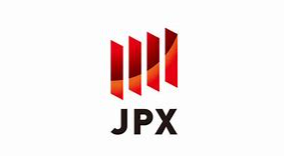
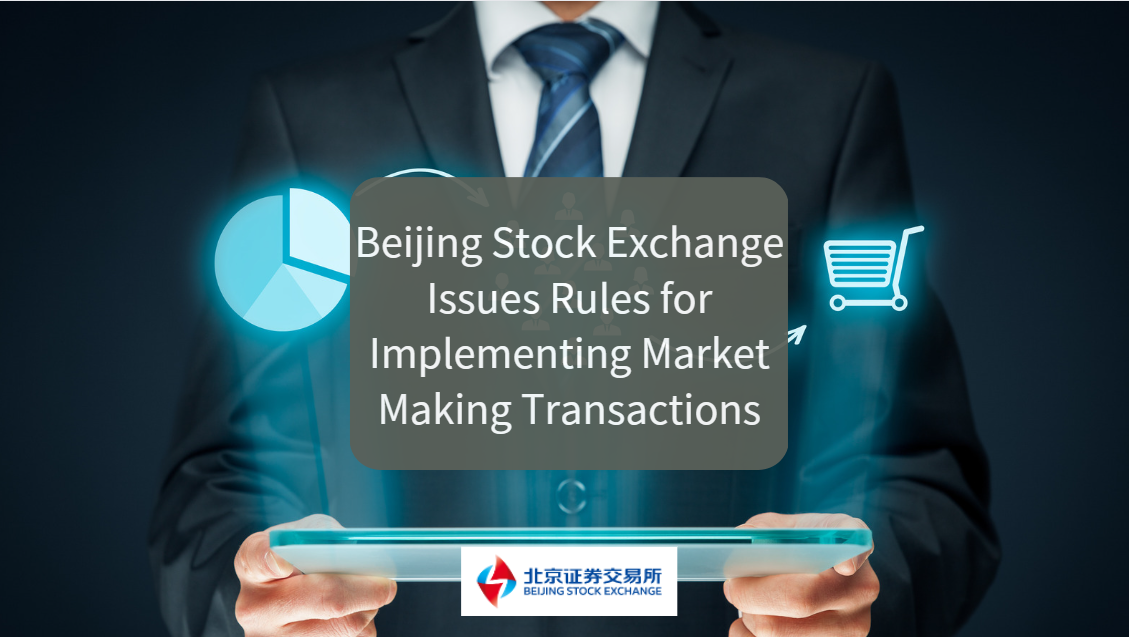


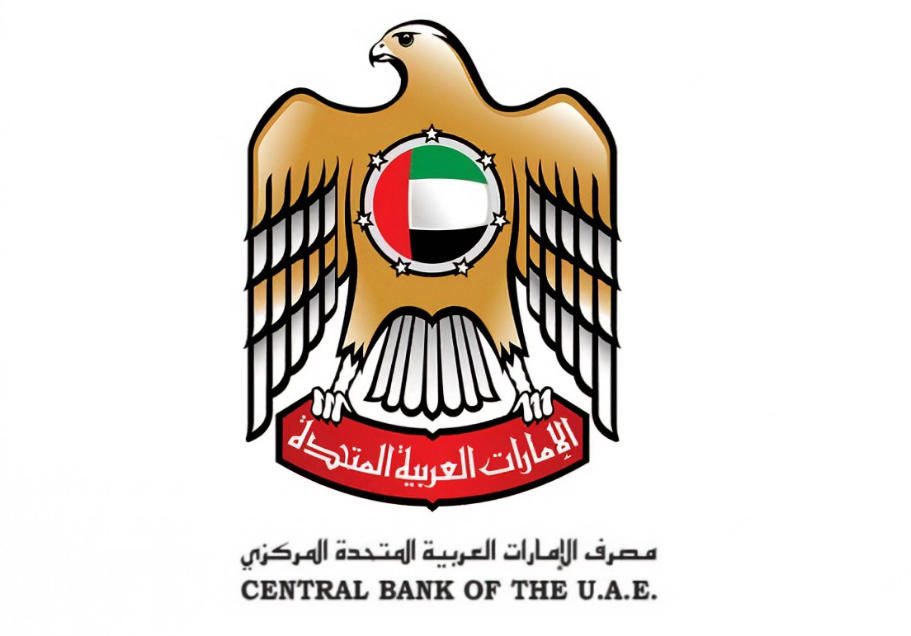
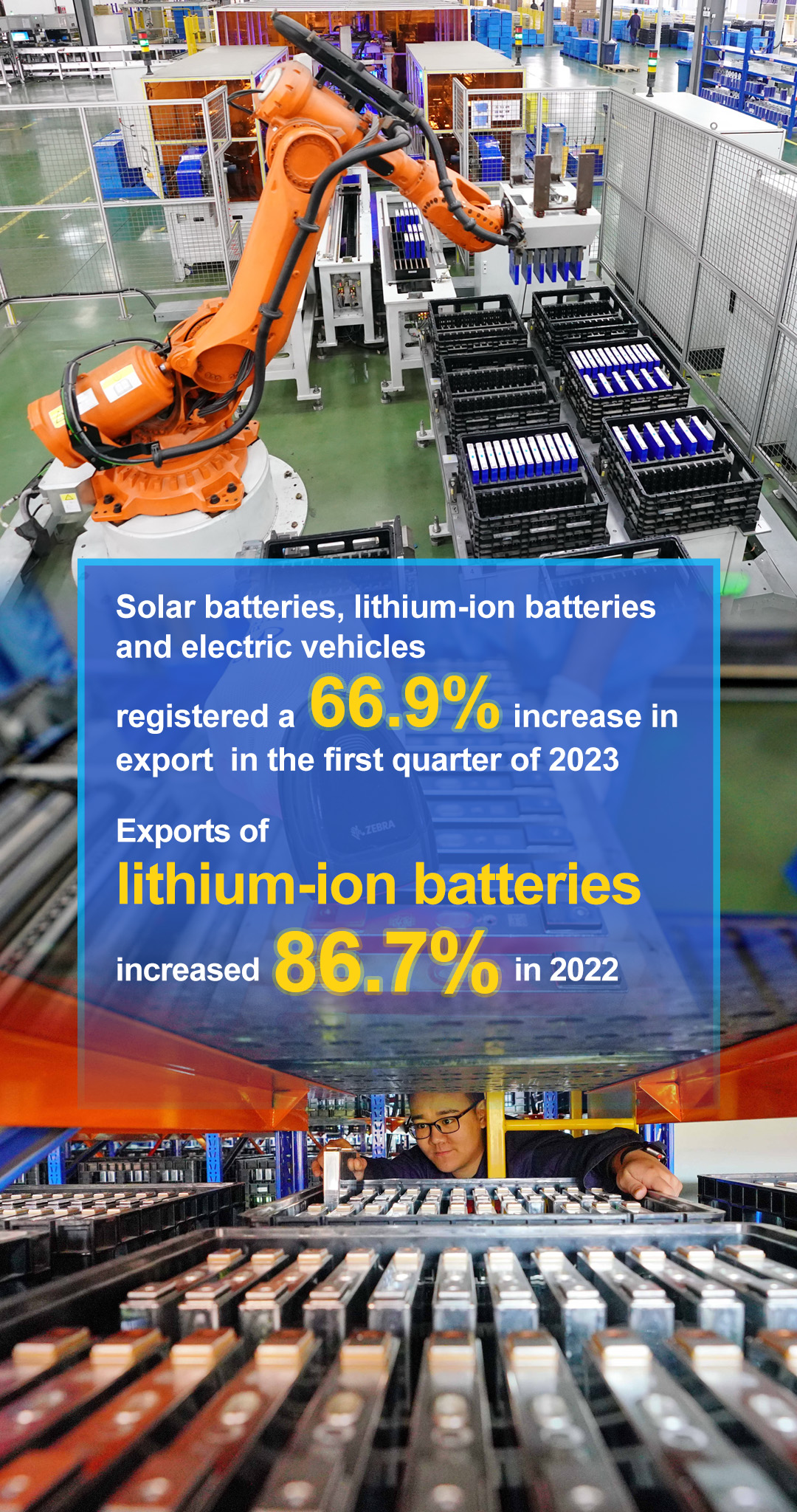


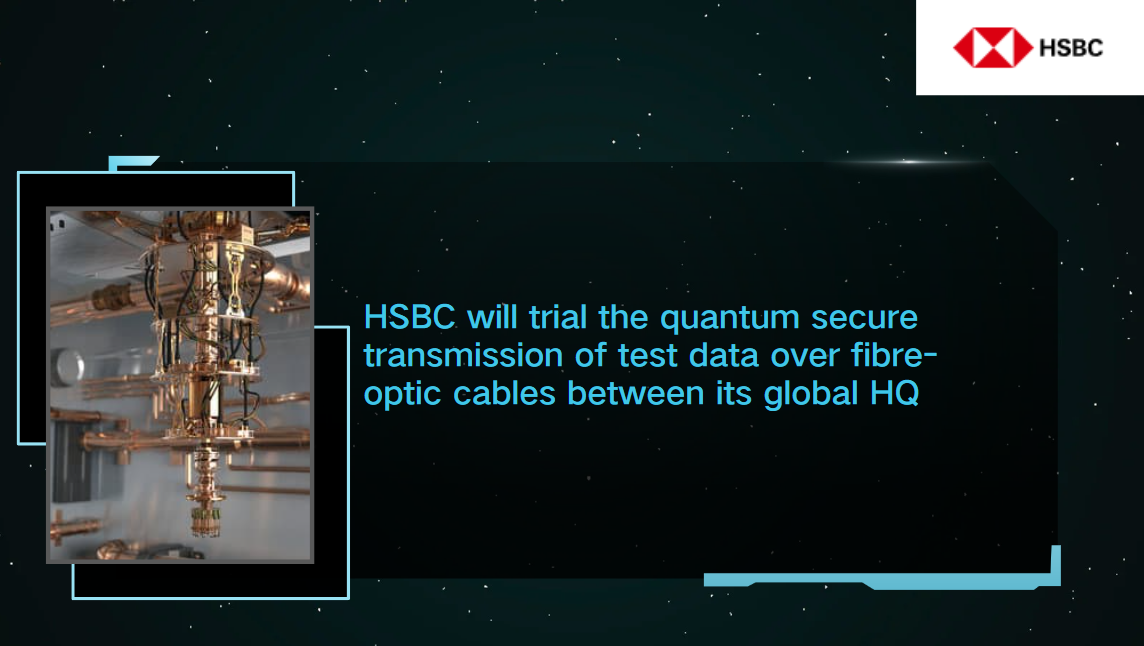
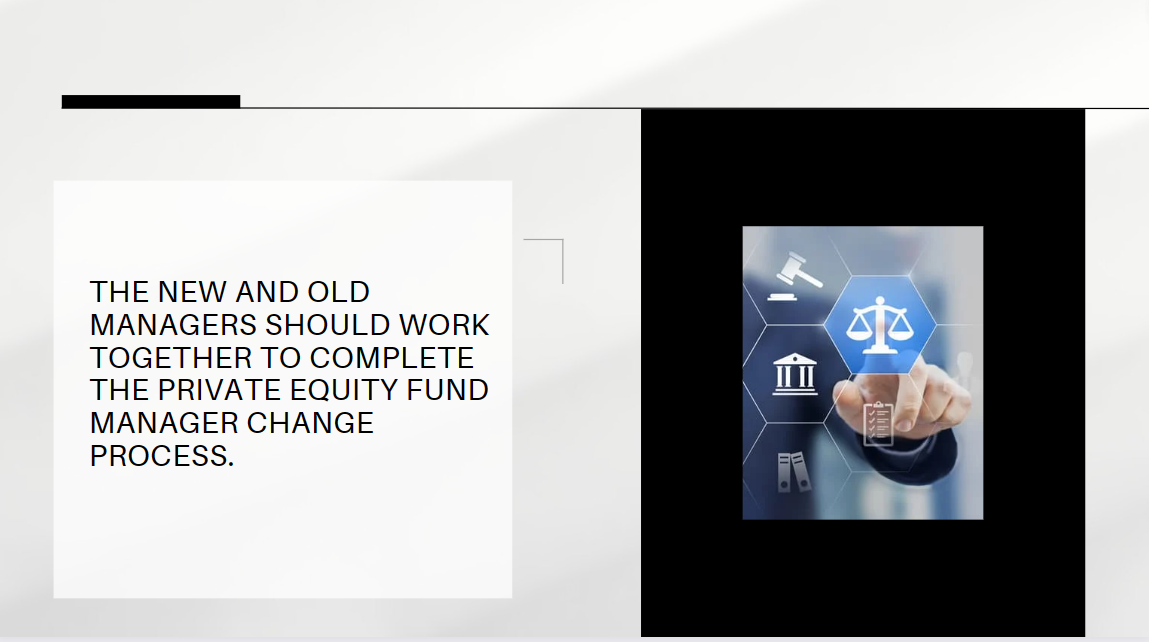

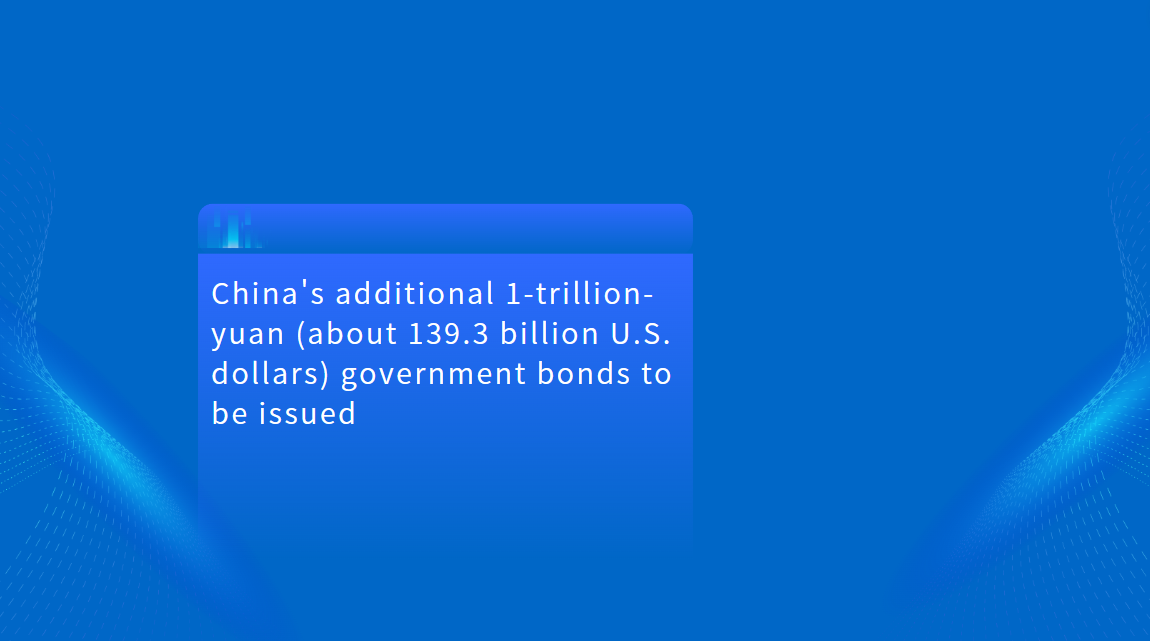

































First, please LoginComment After ~